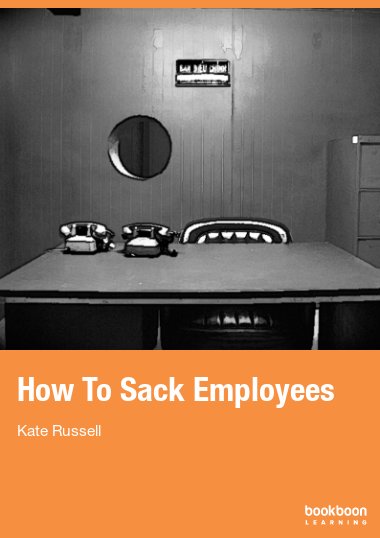If you manage employees, from time to time discipline and dismissal will be an inevitable part of your work. Employers are under a duty to follow their procedures, make a decision that is sensible and proportionate on the facts and take all mitigating circumstances into account.
Applications to tribunal have increased significantly in recent years. Below is a list of the mistakes that most frequently lead to a finding of unfair dismissal against employers.
- The employee was not given the opportunity to defend himself or put forward his side of the story.
- The employee was not made aware of all of the evidence against him.
- There was no disciplinary hearing.
- The investigation of the alleged misconduct or shortcomings was inadequate.
- An earlier ‘warning’ was not made explicit.
- The disciplinary procedure was not applied in full.
- The procedure used did not follow the employer’s own rules.
- The employer chose not to have a procedure at all for more senior staff and managers.
- The employee was not given a reasonable opportunity to improve performance or conduct.
- Insufficient investigation of the medical background in dismissals on grounds of ill health.
- The employee had not been given an opportunity to comment on medical evidence in a case of ill-health dismissal.
It would be fair to say that these days employers face an increased risk of tribunal claims. While many claims are quite legitimate, there is a significant minority who will put in a claim because they feel wronged (irrespective of the merits of the case) or simply for the hell of it. As managers we need to manage effectively, taking such risks into account. As well as being compliant and fair, we need to be tactical as well.
Follow the guidance given in this book and you will be able to take an employee through the disciplinary procedure, to dismissal if necessary and massively reduce the risk of a tribunal claim.


